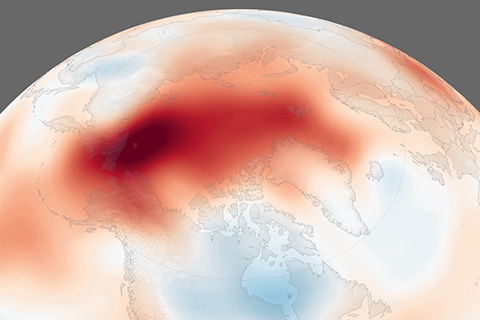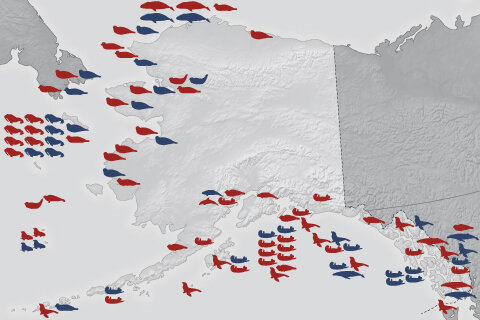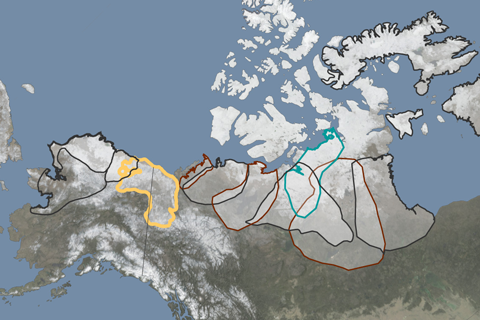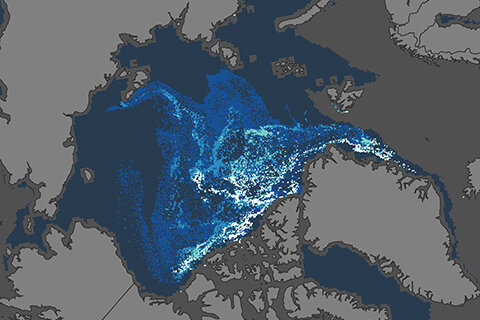2018 Arctic Report Card: Visual highlights

An isolated mountain in the Brooks Range. Photo taken during an Operation IceBridge flight on April 6, 2018. NASA/Nathan Kurtz.
NOAA’s annual report card on the Arctic, released today at the American Geophysical Union fall meeting in Washington, D.C., measures the changing climate of the polar region including warmer air and ocean temperatures and declines in sea-ice that are driving shifts in animal habitats.
Now in its 13th year, the 2018 Arctic Report Card is a peer-reviewed report that provides an annual status update on the region and compares these observations to the long-term record. It was compiled from the research of 81 scientists working for governments and academia in 12 nations.
NOAA.gov story | Arctic Report Card
Below are links to four image-based stories that highlight findings from this year's report.
Multi-year stretch of record and near-record warmth unlike any period on record

Surface air temperature patterns across the Arctic in 2018. Full story.
Red tides and other toxic species expanding across the Arctic, increasing exposure risks to marine mammals and humans

Marine mammals affected by "red tide" toxins. Full story.
Reindeer and caribou populations continue to decline

Reindeer herd range boundaries and status. Full story.
Less than 1 percent of Arctic ice has survived four or more summers

Estimated age of sea ice at winter maximum in March 2018. Full story.